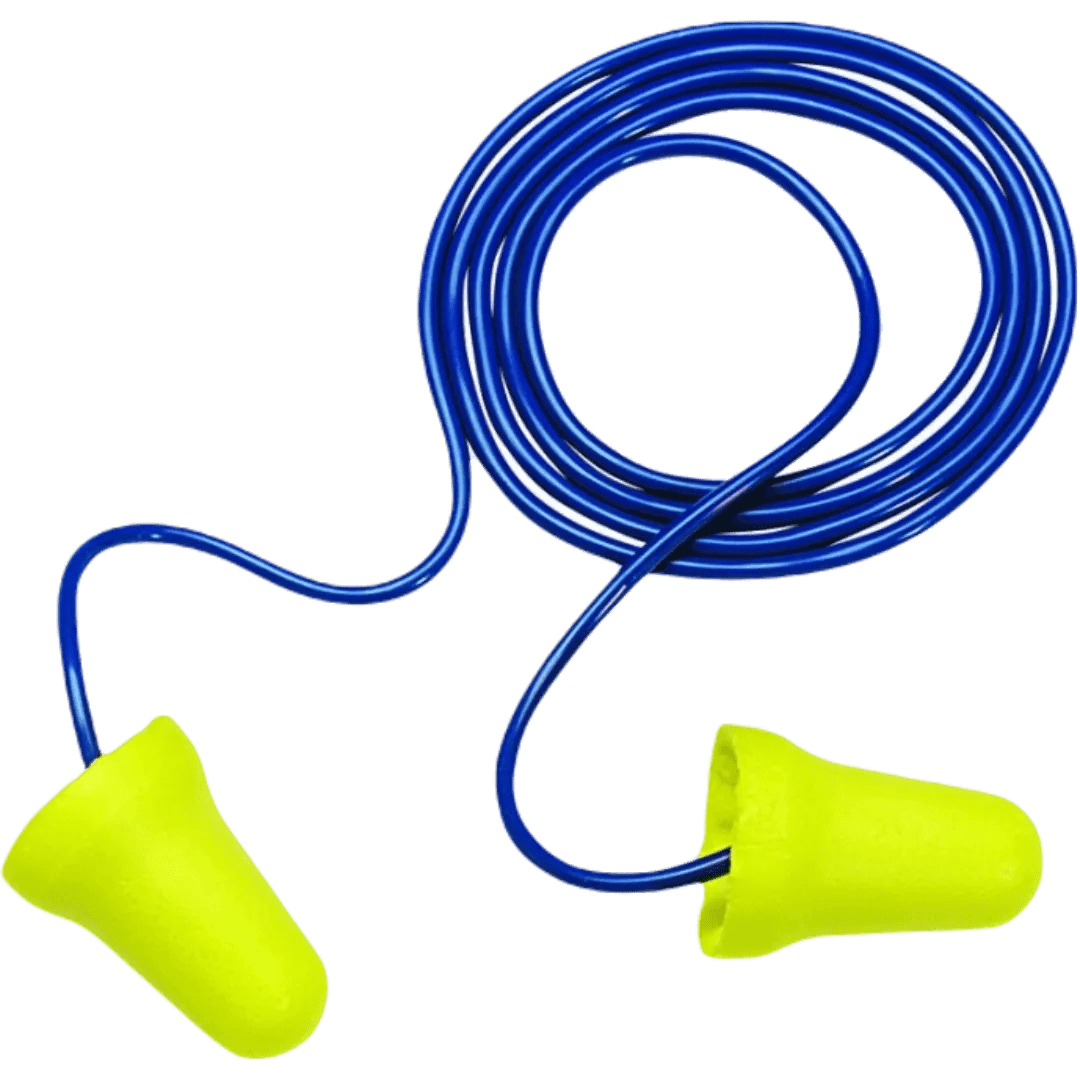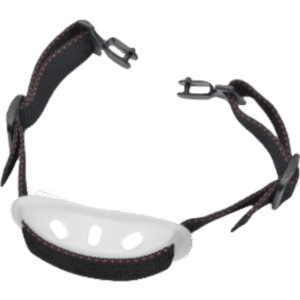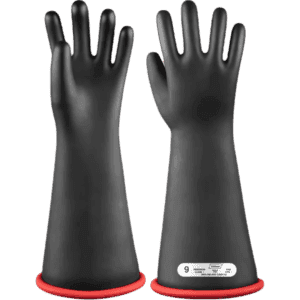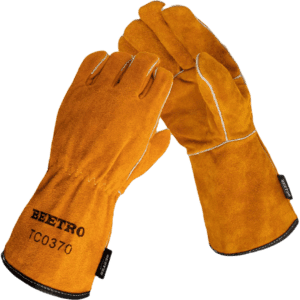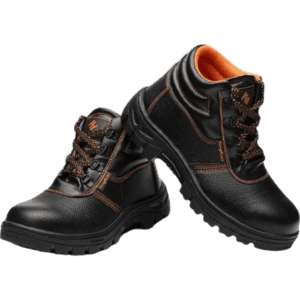Ear plugs are a popular and affordable option for hearing protection in environments with loud or harmful noise levels. They are typically made from soft materials such as foam, silicone, or rubber, and are designed to fit snugly in the ear canal to block out noise. Ear plugs are commonly used in industries such as construction, manufacturing, and music venues to protect workers and individuals from long-term hearing damage.
Key Features:
- Comfortable Fit: Soft materials ensure a comfortable fit without irritation.
- Noise Reduction Rating (NRR): Varies from 20-35 dB, depending on the type of ear plug.
- Disposable or Reusable: Disposable ear plugs are hygienic for single use, while reusable models offer cost savings over time.
- Variety of Sizes: Available in different sizes to suit individual ear canal shapes.
- Portable and Lightweight: Easy to carry and store in small cases for convenience.
Types and Standards: Ear plugs comply with standards like ANSI S3.19 and SASO 670 to ensure effective noise protection. The main types include:
- Foam Ear Plugs: Commonly used in high-noise environments for general protection.
- Silicone Ear Plugs: Reusable and durable, often used in wet or swimming environments.
- Flanged Ear Plugs: Designed to provide a better seal and comfort for extended use.
Brands Available:
Popular brands include Howard Leight, Moldex, 3M, and Etymotic. These
companies offer a variety of ear plug styles, from disposable foam to high-performance reusable models.
General Maintenance: For reusable ear plugs, clean them regularly with soap and water to maintain hygiene. Replace disposable ear plugs after each use to ensure effective protection. Store ear plugs in a clean, dry case to keep them free from dirt and debris.

